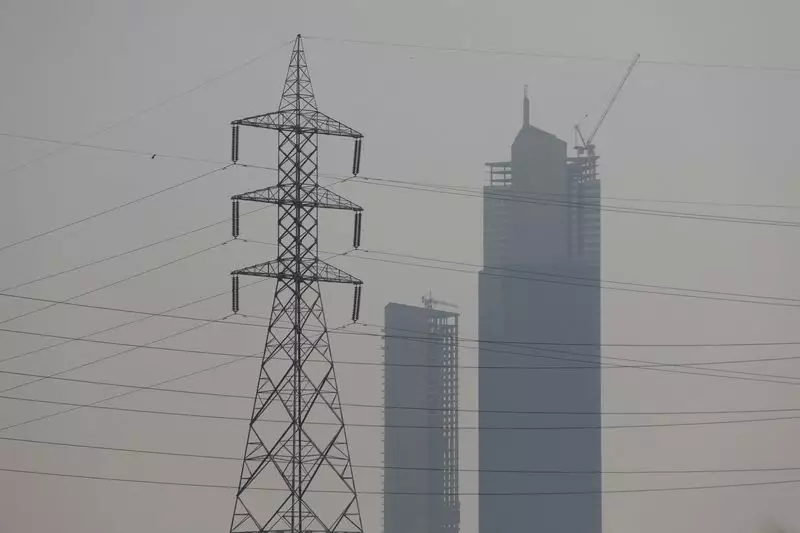In a significant development for the energy sector, Pakistan’s government has announced plans to reduce electricity tariffs during the winter months. This initiative, aimed at bolstering consumption and reducing reliance on natural gas heating, comes at a time when citizens and businesses face challenges due to soaring energy prices. Power Minister Awais Leghari shared details on this strategic shift, indicating that the pilot program will commence in December 2024 and continue through February 2025.
The rationale behind lowering electricity prices during the colder months is deeply anchored in the country’s energy consumption patterns. Winter typically sees a dramatic drop in electricity use—reportedly around 60% compared to peak summer demands. Many utilities have struggled to remain operational during this season, often leading to shutdowns. By reducing tariffs, the government hopes to encourage a shift in consumer behavior, allowing for a greater reliance on electricity rather than the more expensive natural gas or wood-burning options that many have resorted to for heating. This shift could also create a win-win situation for the energy sector, which has grappled with reduced consumption capacity.
The decision to alter tariffs is intertwined with Pakistan’s ongoing engagement with the International Monetary Fund (IMF), which provided a substantial $7 billion loan in September as part of a 37-month program. These reforms, mandated by the IMF, have raised concerns due to the steep tariff hikes that previously afflicted consumers. However, the proposed winter tariff reductions could serve as a response to such public outcry, offering a semblance of relief to those who have borne the brunt of economic adjustments deemed necessary for fiscal stability.
While immediate relief is a priority, Minister Leghari remains optimistic about the broader implications of the tariff reductions. He anticipates that the adjustments will lead to an increase in power demand, potentially resulting in a net growth of 2.8% annually over the next decade. Such growth would be pivotal for reviving sectors that have recently experienced an 8-10% decline in power consumption year-over-year. By stimulating demand, the government aims not only to improve energy utility viability but also to encourage industrial growth, further underpinning national economic recovery.
In addition to the upcoming winter tariff reductions, the government is pursuing several other measures to enhance the energy landscape in Pakistan. Plans are underway to rationalize power tariffs, manage sector debt more effectively, and reassess the tax structures embedded within electricity bills. Moreover, initiatives to combat air pollution by promoting electric vehicles are being discussed with development partners. These steps signal a broader commitment to transitioning towards sustainable energy practices, thereby addressing pressing environmental challenges while looking towards a modernized transportation infrastructure.
While the move to reduce electricity tariffs during winter presents an immediate strategy to stimulate consumption and ease the financial burden on facilities and households alike, it symbolizes a larger narrative of adaptation and resilience. In light of IMF-driven reforms, these actions could pave the way for Pakistan’s long-awaited economic resurgence, laying the groundwork for a more robust, sustainable, and environmentally conscious energy future.


Leave a Reply